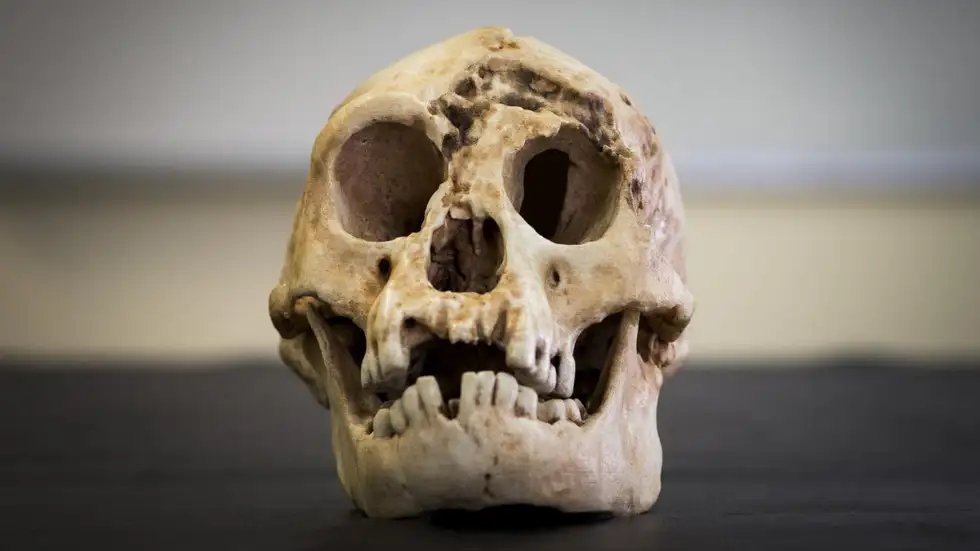
A new species of #dinosaur has just dropped and word on the street is that it’s pretty similar to the #TRex
In fact, researchers think this discovery could explain why these beasts evolved to have tiny arms!
Read: weather.com/en-IN/india/sc…
📸: Jorge A Gonzalez
Thread. 👇
In fact, researchers think this discovery could explain why these beasts evolved to have tiny arms!
Read: weather.com/en-IN/india/sc…
📸: Jorge A Gonzalez
Thread. 👇

In 2012, the almost-complete skeleton of a new kind of #dinosaur was found in the northern Patagonia region of #Argentina.
The dinosaur has been christened #Meraxes gigas. The generic epithet is an ode to a dragon in the #GameOfThrones series.
The dinosaur has been christened #Meraxes gigas. The generic epithet is an ode to a dragon in the #GameOfThrones series.
Standing at the height of 11 m (36 ft) and weighing roughly 4000 kgs, the #dinosaur sported several crests, bumps and horns on its skull, which lent it a menacing appearance.
But the highlight of the findings is that the dinosaur had teeny-tiny arms, just like the #Trex!
But the highlight of the findings is that the dinosaur had teeny-tiny arms, just like the #Trex!

This discovery showed that the Meraxes gigas existed about 95 million years ago — about 20 million years before the #Trex.
This finding is particularly noteworthy because it shows that the small arms that both the Carcharodontosaurs & Tyrannosaurs possess evolved independently.
This finding is particularly noteworthy because it shows that the small arms that both the Carcharodontosaurs & Tyrannosaurs possess evolved independently.
This indicates that these tiny arms likely served an important purpose for them to evolve multiple times in dino history.
Juan Ignacio Canale, one of the researchers who found the #fossils, said that the Meraxes' arms were pretty muscular, which suggests they were used often.
Juan Ignacio Canale, one of the researchers who found the #fossils, said that the Meraxes' arms were pretty muscular, which suggests they were used often.
Canale thinks that the #dinosaurs might have used their arms to get up after falling down or to hold a partner during mating. Or, their design could also have been a way to counterbalance their disproportionately large head.
• • •
Missing some Tweet in this thread? You can try to
force a refresh












